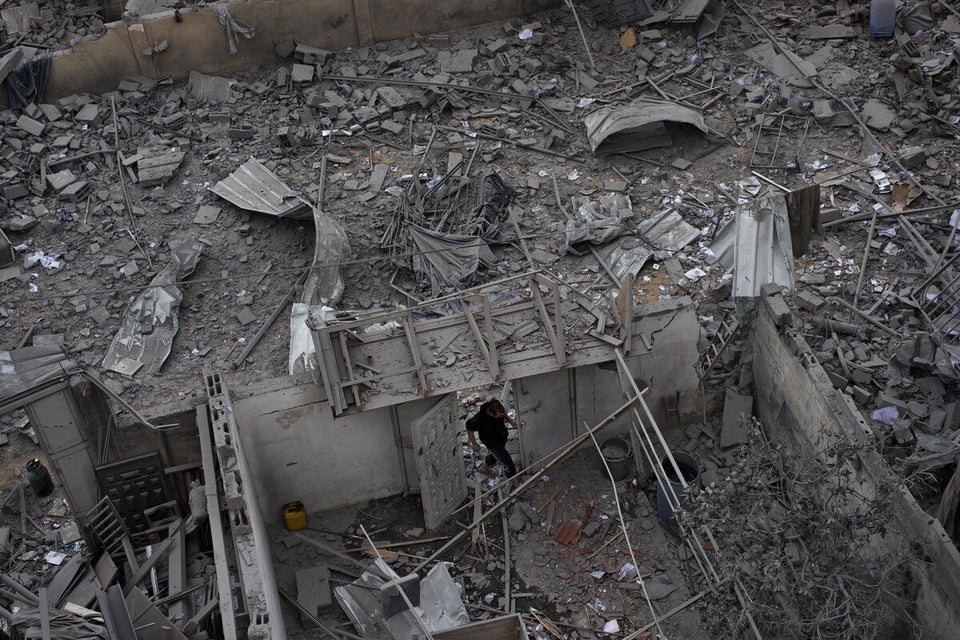
As military strikes between Israel and Gaza continued with the deaths of 11 Palestinian civilians on Sunday, a complicated Internet battlefront has appeared. A virtual info-war is just beginning, and it exists on multiple fronts. There is an unprecedentedly transparent wave of social media propaganda by both sides, a fairly predictable backlash of Israeli website defacement from Anonymous, and an effort to bring open Internet access for civilians affected by the strikes from a group called Telecomix.
On Wednesday, the IDF released an infographic-filled video describing the methods the IDF uses (phone calls and precision strikes) to minimize civilian casualties. The IDF is also live-tweeting the strikes on Gaza using their shiny new Twitter account, @IDFSpokesperson. The Twitter feed for Al Qassam, the military branch of Hamas, has responded by tweeting numerous photos of dead children killed by Israeli strikes. These photos are a very effective and graphic response to the monochromatic circles Israel is using in their videos to say they’re not killing anyone who doesn’t deserve it. Though, as Business Insider reported, one of the Hamas tweets was a picture from the conflict in Syria.
Besides this public social media conflict between governments—which is shockingly savvy and direct—the hacker group Anonymous is also taking action through a campaign they’re calling #OpIsrael. According to Anonymous, Israel threatened to cut out electricity and the Internet in Gaza, though that has not been confirmed by any news source. Anonymous responded to this supposed threat, and to the bombings in Gaza, with one of their trademark public service announcements on YouTube. The resulting offensive from Anonymous led to the temporary shutdowns and defacements of hundreds of Israeli websites, including the Bank of Jerusalem.
BLOG CONTINUES AFTER SLIDESHOW
While most sources are claiming the number of Israeli websites taken down is between 663 and 700, Israel’s Finance Minister has said that the government has “deflected 44 million cyber attacks on government websites” and called this wave of attacks a “second front”in this conflict. Besides website defacements and takedowns, Anonymous leaked a document containing thousands of email addresses and passwords supposedly belonging to IDF operatives and Israeli government officials. Attached to the leaked document, the Anonymous leaker added: “this is/will turn into a cyber war.”
Anonymous has also been distributing a “care package” to the citizens of Gaza. The package, named “OpIsrael.Care.Package.v2.0” contains a press release, first aid instructions in English and Arabic, a technical guide with information on how to circumvent authoritarian Internet shut-downs (like the one in Egypt during their Arab Spring), a proxy that can be used to hide the IP address and location of your computer, as well as a small image file of the Anonymous crest.
After running the documents through Google Translate, it’s clear that the information inside of the care package is designed to help civilians get online and spread information in the event of an Internet shutdown. The documents describe how to activate Twitter via text messaging in case the Internet is inactive, advises people to use fax machines, make their own WiFi antennas out of spare aluminum, and to print out their email contacts in case they lose access to their virtual address book. It also encourages people to use the Telecomix dial-up network.
